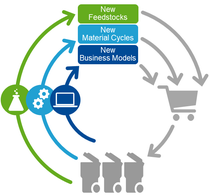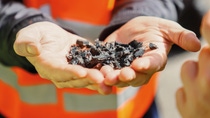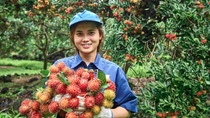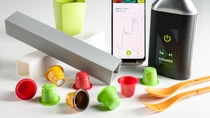Sustainability
Circular Economy at BASF
Circular economy means decoupling growth from resource consumption. BASF is driving circular economy by making the most of the limited resources of our planet: We keep them in use for as long as possible, minimize waste and create value with renewable resources.
We contribute to close and extend the loops by developing and implementing circular solutions for the materials we source, further optimizing our operations and offering resource-efficient products and services which support our customers’ circularity journeys.
We aim to move toward a more Circular Economy by increasingly use recycled and renewable feedstocks, shaping new material cycles and creating new business models. BASF has therefore launched a new Circular Economy Program. By the year 2030, the company aims to double its sales generated with solutions for the circular economy to €17 billion. To achieve this, the company is concentrating on three action areas: circular feedstocks, new material cycles and new business models. As of 2025, BASF aims to process 250,000 metric tons of recycled and waste-based raw materials annually, replacing fossil raw materials.

New business models
We develop new business models that meet the needs of our customers. Digital innovation will play a key role here, for example in developing track and trace solutions, or smart farming. We see this as an opportunity to enter new markets. We see potential in offering service models rather than just selling a chemical product.
Shaping new material cycles
A Circular Economy can only be achieved if circularity is planned in the product development. For BASF this starts with designing long-lasting materials with a high material value at end-of-life together with our customers. For end-of-life management, we develop additives and adhesives which improve or enable the mechanical recycling of end products. We are also working to establish product-specific recycling loops, for example for mattresses and batteries. We are working together with partners in the value chain from the collect recyclables as well as developing the technology to process the material.
Circular feedstocks
We will continue to increase the volume of renewable and recycled feedstocks from sustainable sources which we already use as drop-in solution. We expect that 250,000 metric tons of feedstock will come from recycled sources by 2025. The certified mass balance approach enables us to offer products with an allocated share of renewable or recycled feedstock. Customers can choose these products if they want to contribute to saving fossil resources and a lower carbon footprint. We also offer a bio-based portfolio, e.g. for personal care, nutrition or plastics. By offering a portfolio based on renewable and recycled feedstock, we contribute to reaching our target of €22bn sales with Accelerator products in 2025.











